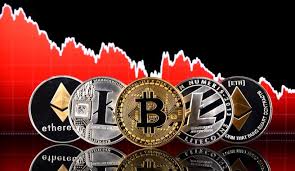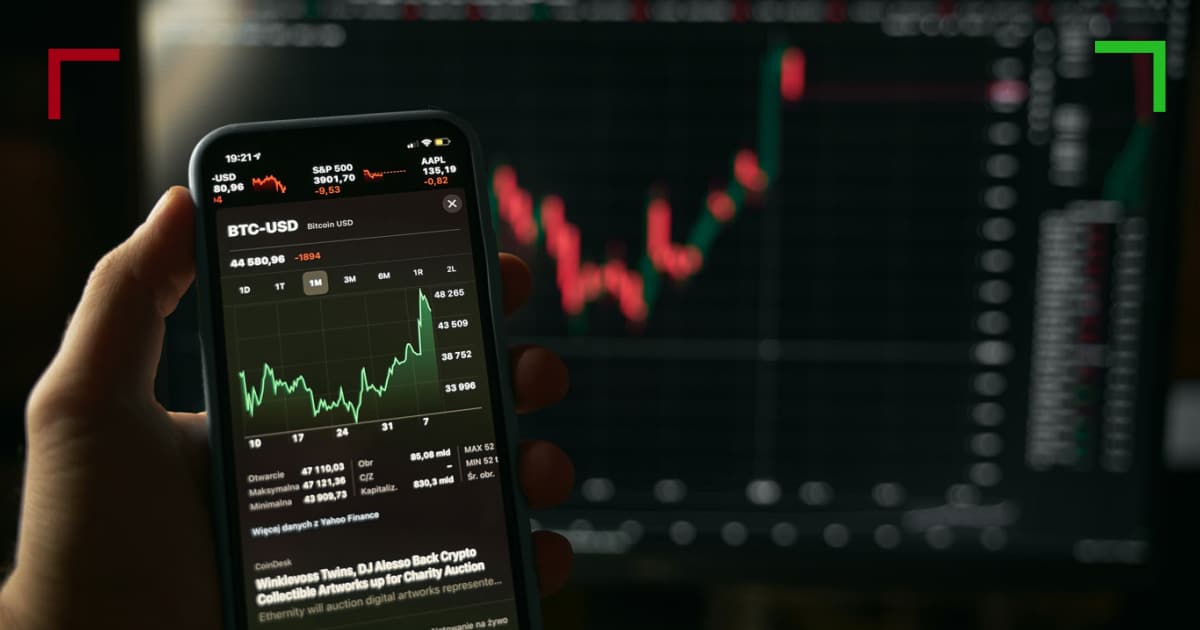
Understanding Trading Margin Crypto for Successful Investments
Margin trading has garnered significant attention in the world of cryptocurrency. It allows traders to amplify their potential returns by borrowing funds to increase their investment size. However, while the allure of higher profits is enticing, it is vital to understand the mechanics of trading margin crypto, the associated risks, and the strategic considerations necessary for success. For those interested in the broader implications of cutting-edge developments, you might find insightful information at Trading Margin Crypto https://www.biospace.com/progenitor-cell-therapy-to-present-at-6th-annual-b-new-york-stem-cell-summit-b-on-tuesday-march-1.
What is Margin Trading?
Margin trading involves borrowing funds from a broker or exchange to trade larger amounts than you currently own. In the context of cryptocurrency, this means you can leverage your existing assets to trade in a more substantial way. For example, if you possess $1,000 worth of Bitcoin and your exchange allows for 5x leverage, you could trade as if you have $5,000. This can amplify both your gains and losses, making it a high-stakes approach to trading.
The Mechanics of Margin Trading in Crypto

When you engage in margin trading, the following elements come into play:
- Collateral: This is the cryptocurrency that you deposit to secure the borrowed funds. The more you deposit, the more you can leverage.
- Leverage: This refers to the ratio of borrowed funds to your own capital. Common leverage ratios include 2x, 5x, or even as high as 100x depending on the exchange.
- Margin Call: If your trade moves against you and your account balance falls below a certain threshold, the broker may issue a margin call, requiring you to deposit more funds or close positions to cover losses.
- Liquidation: This occurs when your margin account falls below the required maintenance margin. The exchange will automatically close your position to prevent further losses.
Benefits of Margin Trading
Margin trading can offer various advantages for traders:
- Increased Profit Potential: By leveraging your investment, you can substantially increase potential profits from a successful trade.
- Diverse Strategies: Margin trading allows for complex trading strategies such as short selling, where you can profit from the decline in asset prices.
- Access to Larger Capital: Traders can engage in higher-value trades without needing to possess the entire amount upfront.
Risks Involved in Margin Trading
However, margin trading is not without risks and challenges:

- Amplified Losses: Just as gains are magnified, losses can escalate quickly, potentially leading to significant financial damage or even liquidation.
- Market Volatility: Cryptocurrencies are notoriously volatile. Rapid price movements can trigger margin calls or liquidations.
- Psychological Pressure: Trading on margin can lead to heightened emotions which may cloud judgment and lead to reckless trading decisions.
Strategies for Successful Margin Trading
To navigate the risks and optimize the benefits of margin trading, it is crucial to employ effective strategies:
- Start Small: Utilize lower leverage when starting to mitigate risks until you develop a solid understanding of margin trading.
- Use Stop-Loss Orders: Setting stop-loss orders can help minimize potential losses by automatically closing your positions at predetermined levels.
- Diversify Your Portfolio: Rather than concentrating your investments in a single cryptocurrency, diversify your trading assets to spread risk.
- Stay Informed: Continuously educate yourself on market trends, news, and technical analysis to make informed trading decisions.
Final Thoughts
Trading margin crypto can be an exhilarating and lucrative strategy for experienced traders, but it is imperative to approach it with caution. A thorough understanding of margin principles, market dynamics, and risk management techniques is essential for success. As the cryptocurrency landscape continues to evolve, traders who adapt and remain informed are more likely to thrive in this competitive environment.


